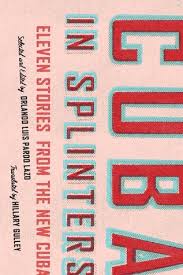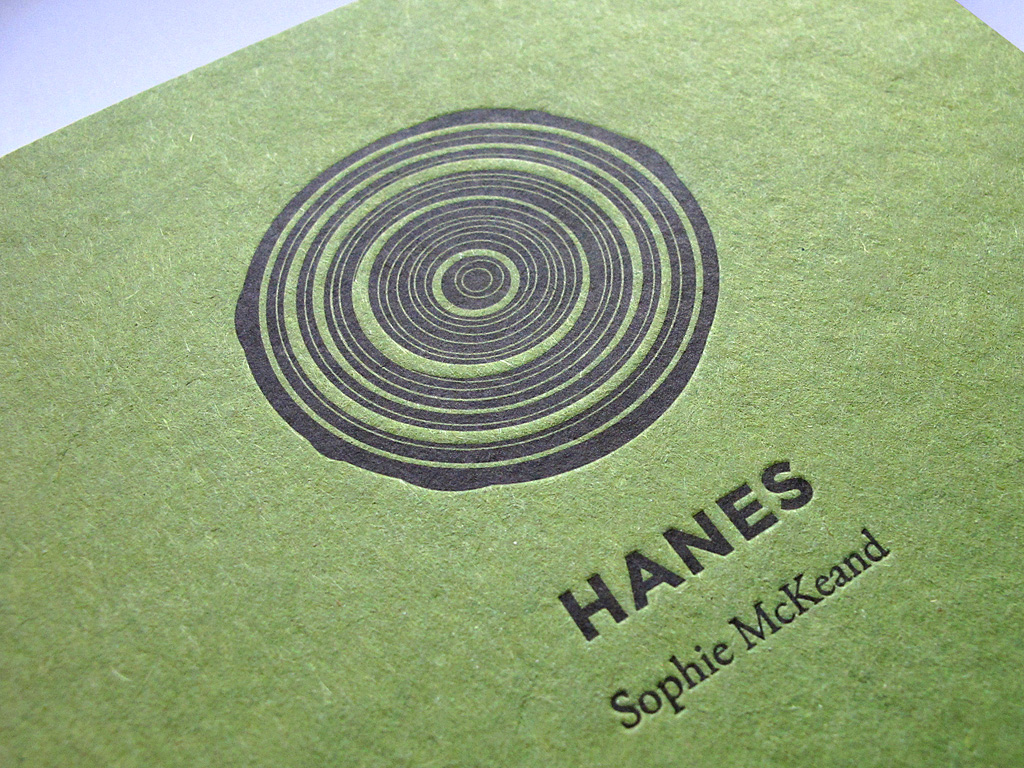Looking for the Witches by Jason Pilley
-Reviewed by Eleanor Hemsley-
Looking for the Witches is an extraordinary collection of interlocking short stories that explores both the way witches were caught and tried and also the way witches lived. The stories of different characters’ lives intertwine cleverly with each other to create a well-rounded and interesting read.
I found whilst reading that although I knew the story was fiction I believed that the characters were real and that the events truly happened. The main reason for this is probably the use of quotes from newspapers and magazines, as this creates a more non-fiction feel. The use of these is incredible, and instead of detracting from the story it adds to it, making the fiction pull you in more.
Not only this, but the details Pilley puts into the stories add to the sense of historical accuracy. Pilley in the first story alone has spent the time to give the character of the ‘quack-doctor’ a full and realistic back story.
What I found the most interesting though was just how well researched Looking for the Witches clearly is. Any witch enthusiast would look at the story and see threads of truth weaving through it, with realistic portrayals of how suspected witches were treated, tried and terminated. Particularly strong is the way the character is treated in the seventh section of the book. It becomes a vivid and high-impact scene of a young girl being tested, coming from the point of view of her and a third party observer, and reading it made me realise just how badly these young women were treated.
The strongest feature of this text was by far the characterisation in it. Admittedly, it got off to a slightly slow start, and the characters at first didn’t shine out to me, but then as I read on they grew and grew until I could feel myself in their minds. The character of Grace, for example, is so strong that you can imagine her down on all fours and barking in your living room. And she doesn’t weaken throughout the entire two sections that she stars in. If anything, she gets stronger, and as we begin to see into her mind in number 7 we can feel her pain and worry with her until her thoughts come to an abrupt halt.
Another great character is Alice. She’s the only character in the eighth section and the way we get to see into her mind created an unease in me that made me intrigued and also scared to continue reading. Pilley here has managed to make us think as she does, and discover what’s real and what’s not along with her. As you read you can feel yourself letting go of reality and joining in with her fun delusions, and it’s this that I think makes the character strong.
One thing the book lacks is good use of repetition. It’s not terrible and there are reasons I can think of for why it has been used the way it has in a few places, but overall I just find it lets the high standard of the whole piece down a little. For example, the repetition of ‘Paul Newman Interiors’ in the first and second section. The repetition is within the same paragraph and doesn’t seem necessary. Although it does become an important building towards the end, I think the repetition takes away from the impact of this and makes it too obvious that it’s important.
Similarly, I didn’t like how Pilley in the fourth section repeats ‘and she sells stuff’ for a whole, long paragraph. This I find unnecessary and pointless. Yes, it could be used to show how monotonous the girl’s job is and to portray how bored she must feel, but I think it’s overused. Also, just the word ‘stuff’ stands out from the rest of the writing, which is beautifully descriptive. At first when reading this bit I found it hard to believe it was the same writer, and found myself disappointed in accepting that it was.
However, I do love Pilley’s skill of listing things. He manages to create such an impact by doing this, and it doesn’t get boring. The best example of this would be near the start, where we see how it was the norm for children to die young. We understand this in the way that Pilley lists their deaths with no emotion, ‘Mary dies, three weeks old, and Ellen follows soon after, she managed a couple of years…’, and so it goes on. I absolutely love how detached this is from any emotion, and it really succeeds in portraying what would’ve been people’s thoughts in these times.
The second section of listing that I ended up re-reading because it was so effective was towards the end. The imagery Pilley manages to create just by describing the things the dead would do if they were to once again walk the Earth is amazing. I think it is so effective because it’s specific. He doesn’t just mention any shop, he says Topshop, similarly he specifies ‘Adventure Island’. I love the specific and often amusing images he creates in our minds, and the creativity of it! Towards the end of this paragraph he suggests they ‘ transplant taste-buds into anuses’. This had me laughing a lot, because it’s so obscure and imaginative, it really shows Pilley’s creativity.
Looking for the Witches is beautifully written. It gives me exactly what I want from a story about witches and sometimes more, and most importantly, it gets me thinking about what it must be like to be accused of being a witch. Without glamourising it like many works of fiction do, Pilley has managed to make this an amazing story that gives us the gritty reality of what it was like to be a witch when it was a crime to be one.





